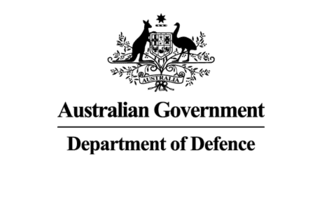

course overview
Overview
The Official(ISC)² Certified Secure Software Lifecycle Professional (CSSLP )training provides a comprehensive review of the knowledge required to incorporate security practices –authentication, authorization and auditing –into each phase of the Software Development Lifecycle (SDLC), from software design and implementation to testing and deployment. This training course will help students review and refresh their knowledge and identify areas they need to study for the CSSLP exam.Content aligns with and comprehensively covers the eightdomains of the (ISC)² CSSLPCommon Body of Knowledge (CBK ).
As an (ISC)2Official Training Provider, we use courseware developed by (ISC)² –creator of the CSSLPCBK –to ensure your training is relevant and up-to-date. Our instructors are verified security experts who hold the CSSLPand have completed intensive training to teach (ISC)² content.
Please Note: An Exam voucher is included with this course
Audience
This training course is intended for professionals who have at least four years of cumulative, paid work experience as a software development lifecycle professional in one or more of the eight domains of the (ISC)2 CSSLP CBK. The course builds on and brings together the holistic view of the topics covered in the everyday environment of an information assurance professional.
Skills Gained
After completing this course, you should be able to:
Prerequisites
Attendees should meet the following prerequisites:
Outline
Domain 1: Secure Software Concepts
Domain 2: Secure Software Requirements
Domain 3: Secure Software Architecture and Design
Domain 4: Secure Software Implementation
Domain 5: Secure Software Testing
Domain 6: Secure Lifecycle Management
Domain 7: Software Deployment, Operations and Maintenance
Domain 8: Supply Chain
If you need training for 3 or more people, you should ask us about onsite training. Putting aside the obvious location benefit, content can be customised to better meet your business objectives and more can be covered than in a public classroom. Its a cost effective option. One on one training can be delivered too, at reasonable rates.
Submit an enquiry from any page on this site, and let us know you are interested in the requirements box, or simply mention it when we contact you.
All $ prices are in USD unless it’s a NZ or AU date
SPVC = Self Paced Virtual Class
LVC = Live Virtual Class
Our clients have included prestigious national organisations such as Oxford University Press, multi-national private corporations such as JP Morgan and HSBC, as well as public sector institutions such as the Department of Defence and the Department of Health.












